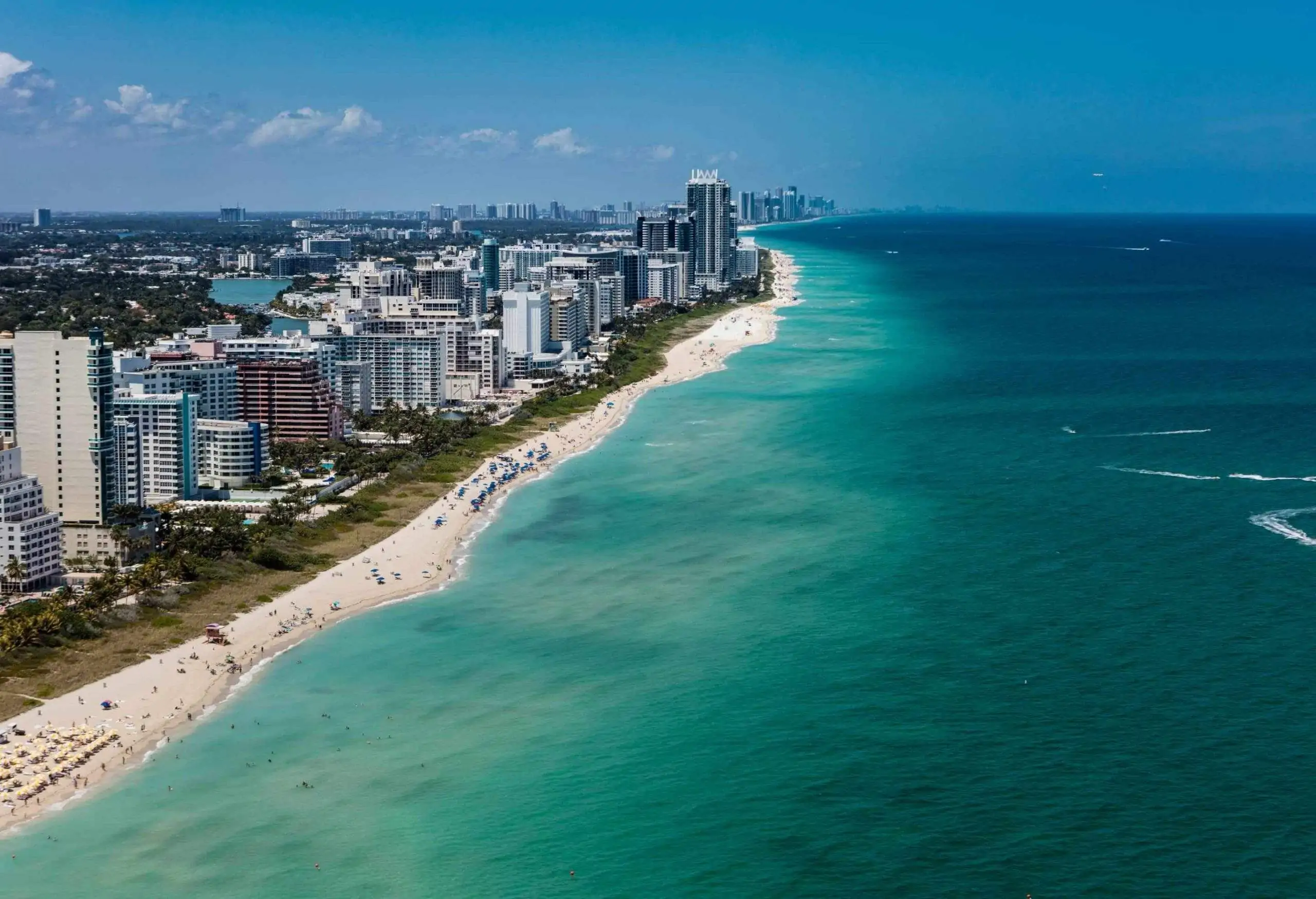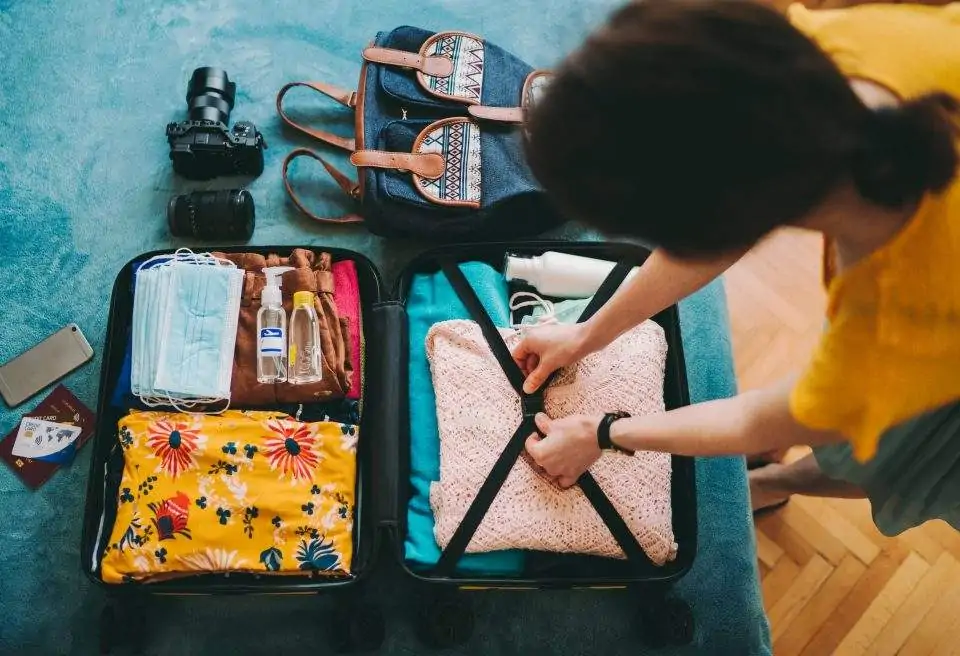You’re going on an around-the-world trip. You’ve booked your first ticket (or your full flight schedule). You’ve wisely invested in a comprehensive insurance policy that covers activities like bungee jumping and trekking.
All that remains is to decide what to take with you. With a variety of climates and activities ahead, packing is perhaps the trickiest part of any long-term travel planning.
One thing’s for certain – the lighter your load, the easier you’ll find getting around. Here’s our rundown of 10 commonly carried items you’d be better off leaving behind.
Toiletries
If you’re going to a place where you need to look and smell good, you’ll be able to find soap, shower gel, toothpaste, shampoo and conditioner, and deodorant there (there’s an argument for forgoing the last two altogether). If you’re heading to the jungle or an equivalent wilderness, mother nature will thank you for leaving those things behind.
Cold and wet weather clothes
Do as the locals do, and buy woolly ponchos, anoraks and jackets at your destination. In developing countries seek out market stalls. In developed countries try thrift stores. Having said that, it’s great to have a lightweight fleece on those cold, heavily air-conditioned plane and bus journeys.
Trekking gear
The rugged terrain and tough climate of some classic trekking destinations (for example Everest Base Camp) demand high-performance clothing and footwear. Local shopkeepers have a great supply of this kind of gear. Buy second-hand items or negotiate a buy back price so you can return new items once you’ve used them.
Beach towel
Unless you’re staying in hotels all the time, carrying a lightweight towel can help you save on hostel towel rental charges (they add up). That towel alone will take up enough space – a beach towel is a luxury you cannot afford to carry.
Pillow
A carefully folded sweater, sarong or towel will make a good enough pillow.
Electronics
While susceptible to damage and theft, it’s difficult to argue against taking gadgets like laptops, tablets, e-readers, iPads, DSLR cameras and iPods. Hair dryers, electric toothbrushes, portable DVD players on the other hand are undoubtedly a burden to their owners.
More than one book
Book swapping is one of the nicest elements of the traveling community. Once you’re done with your book you’ll get a hold of another that you’re interested in. Circumstances may force you to broaden your horizons, which is always a good thing. It’s also worth considering that many travelers reduce the weight and volume of their possessions by storing guides and books on an e-reader (Kindle) or tablet (iPad).
Sleeping bag
Packing for a long-term trip is all about asking yourself what’s likely to happen. Would a sleeping bag be useful in a survival situation? Undoubtedly. Are you likely to find yourself in such circumstances? No, absolutely not. Naturally, the caveat here is camping. On the flip side, we highly recommend carrying a silk sleeping bag liner.
Light-colored or white underwear
Of all the clothing you take, your underwear will be worked the hardest. Whether it’s by your own hands in a hostel sink, or through the services of a local laundromat, white washes just aren’t practical.
More than one pair of jeans
When it comes to packing lists, nothing polarizes opinions more than jeans. Why? Some say they weigh too much. Others point out that they’re rugged. We say bring one smart pair (they’re good for bars and most clubs in developed world cities).
Written by insider city guide series Hg2 | A Hedonist’s guide to…
(Image: cmor15)





